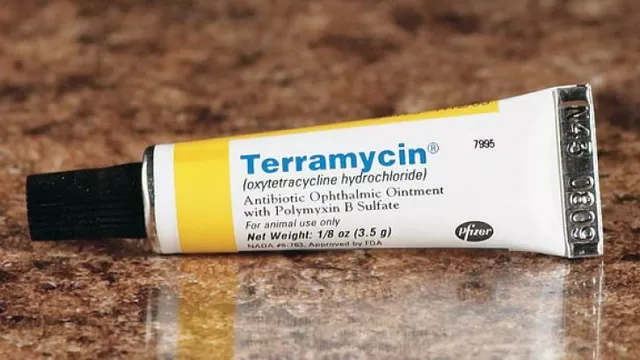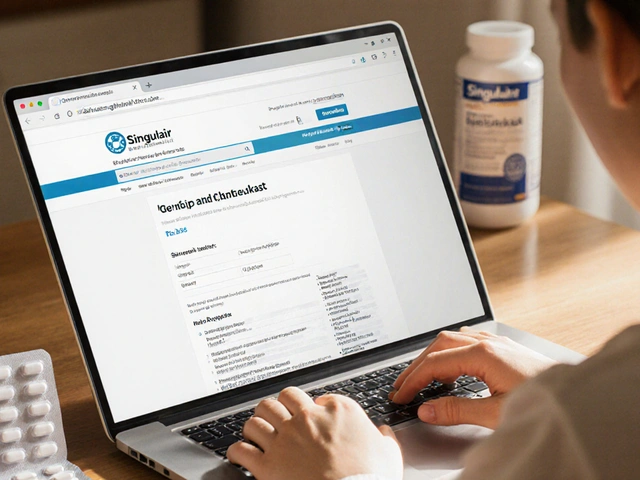Lubricants Use: How to Pick and Use the Right One
Need a quick guide to lubricants? Whether you’re dealing with dryness, using medical devices, or just want better comfort, the right lubricant makes a big difference. This article explains the main types, when to use each, safety tips, and simple rules you can follow today.
Main types and where they work best
Water-based: These are the most common. They work with condoms, all sex toys, and most medical devices. They rinse off easily and are gentle on skin. Downsides: they can dry out faster and may need reapplying during longer use.
Silicone-based: Lasts a long time and stays slippery even in water. Great for longer sessions or when you don’t want to reapply often. It’s safe with latex condoms but can damage silicone sex toys, so check the toy label first.
Oil-based: Often feel very slick and long-lasting but avoid them with latex condoms—they can weaken the material and cause breakage. Oil-based products can also clog pores and raise infection risk in some people, so use them carefully and not for internal use if you’re prone to yeast infections.
Safety, allergies, and interactions
Read labels. Some lubricants contain glycerin, parabens, or fragrances that can irritate sensitive skin or increase yeast infection risk. If you’ve had reactions before, pick a product labeled "fragrance-free" and "glycerin-free." Do a patch test on your wrist and wait 24 hours if you’re unsure.
For people using topical medications or vaginal/rectal treatments, consider how a lubricant might affect absorption. Thick silicone formulations can act like a barrier and reduce contact between skin and medication. Water-based gels usually mix better with creams and prescriptions, but check with your prescriber if treatment effectiveness is a concern.
If you use condoms, stick with water- or silicone-based lubricants. Avoid petroleum and other oil-based products with latex condoms. For silicone toys, choose water-based lubes or confirm the toy is silicone-safe.
For medical use—catheters, rectal thermometers, or gynecologic exams—choose sterile, water-soluble lubricating jelly labeled for that purpose. These products are formulated to reduce infection risk and to be compatible with medical devices.
Practical tips: store lubricants away from heat, check expiration dates, and toss any that change color or smell. Use small amounts at first—you can always add more. If you feel burning, itching, or unusual discharge after use, stop and see a healthcare provider.
Want a quick pick? For most people, a simple water-based lubricant covers everyday needs. If you want longer-lasting slipperiness, try a silicone formula. And when in doubt for medical procedures, use the sterile water-soluble jelly recommended by your clinician.




